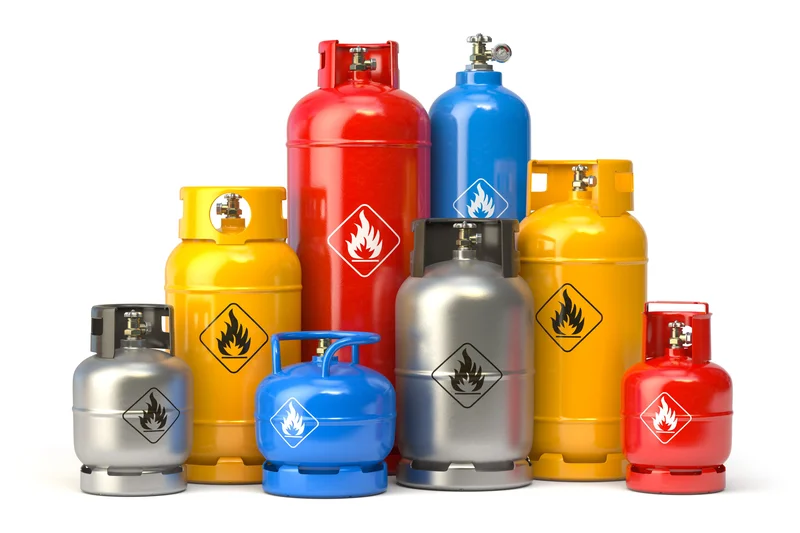Article Directory
The digital display at a Cincinnati BP station glows with a welcome '$2.87' for a gallon of regular unleaded, a number not seen in years. Across the country, the story is similar. The national average has dipped to $3.05, and in states like Oklahoma, it’s flirting with the mid-$2.50s. For the average American driver, this is an unambiguous win—a surprise tax cut just in time for the holiday shopping season (Plunging October gas prices are boosting holiday shopping hopes).
Consumer sentiment, as analysts like Patrick DeHaan note, is tightly correlated with the price at the pump. When it falls, confidence rises. It’s a simple, almost Pavlovian response. The data from investment firm Raymond James supports this, predicting a direct boost to consumer spending. People like Raquelle Jackson of Cincinnati are the anecdotal proof, already earmarking the savings for holiday preparations.
On the surface, the explanation for this relief is textbook economics. Global oil inventories have swelled to 7.9 billion barrels, a four-year high. OPEC+ producers, after years of restraint, are easing their voluntary cuts, adding 1.4 million barrels per day (bpd) to the market this year. Non-OPEC producers, led by the U.S. and Brazil, are tacking on another 1.6 million bpd. All this is happening while global demand growth remains tepid (Gas Prices Are Dropping Right Now: Here’s Why).
More supply plus stagnant demand equals lower prices. The equation seems clean, the outcome logical. But this simple narrative masks a significant distortion in the data—a variable that makes this entire price collapse far more fragile than it appears.
The China Buffer
The story of oversupply is accurate, but incomplete. The corresponding story of weak demand is where the data gets murky. U.S. gasoline demand is indeed down about 3%—to be more exact, 3.2% year-over-year. But the global figure is being artificially propped up by a single, massive buyer operating with an opaque agenda: China.
According to a Reuters report, China’s crude imports and domestic output have been exceeding their refinery processing rates by a staggering margin, resulting in a surplus of roughly 1 million bpd. This oil isn't being consumed; it's being funneled directly into the country's strategic petroleum reserves. China is effectively acting as a global sponge, soaking up the world’s excess crude and, in doing so, has been hiding the true severity of the supply glut.

This stockpiling creates a temporary, artificial floor for oil prices. It presents as "demand" in the top-line reports, but it isn't consumption. It's a massive inventory transfer from global producers to a single state-controlled stockpile. And this is the part of the analysis that I find genuinely unsettling. We are treating a temporary inventory build as a permanent feature of the market. What happens when that sponge is full? What is the trigger point for Beijing to slow, or halt, its purchases?
The market’s sensitivity to this single variable was laid bare just last week. When President Trump warned of new tariffs, crude oil dipped below $60. The price only stabilized after Beijing clarified its export policies. This tells us the market isn't reacting to broad economic fundamentals as much as it's reacting to the perceived stability of Chinese trade and stockpiling policy. The entire pricing structure is balanced on a geopolitical knife’s edge.
A Sugar High for the Economy
For the American consumer, the distinction between real demand and stockpiling is academic. The price at their local Shell or Costco gas station is lower, and that cash stays in their pocket. This glut of cheap oil is like a sugar high for the consumer economy. It feels great in the moment, providing a burst of spending power for the holidays, but it's simultaneously eroding the foundational health of a major domestic industry.
While drivers celebrate, U.S. oil producers are facing a brutal reality. Despite record output driven by efficiency gains, their margins are evaporating. The price drop from a year ago (a 14.4-cent decline in the national average) is forcing a wave of cost-cutting, layoffs, and consolidation across the energy sector. The same market force that puts an extra $20 in a family’s pocket for a weekend trip is putting an oil field worker out of a job.
This creates a fundamental disconnect. The very thing boosting short-term consumer confidence is actively undermining a significant sector of the U.S. economy. We're essentially trading long-term industrial stability for a short-term discount on fuel. Is that a worthwhile trade-off? The answer likely depends on whether you're filling up a gas can for your lawnmower or receiving a pink slip from an energy company.
The current situation is not a sign of a well-balanced market. It's the product of a massive, coordinated increase in global supply running headfirst into a demand picture that is being materially distorted by one country's strategic purchasing. The relief consumers feel is real, but it’s contingent on decisions made thousands of miles away, for reasons we aren't fully privy to. The risk isn’t just a refinery fire or a hurricane in the Gulf; the primary risk is a shift in Beijing's stockpiling policy.
The Numbers Are Masking the Real Risk
Let's be clear. The current sub-$3 gasoline isn't a reflection of a healthy, stable equilibrium. It's a temporary reprieve caused by a colossal oversupply being absorbed by a single, unpredictable entity. The data point that matters most right now isn't the daily fluctuation of U.S. crude inventories; it's the undeclared capacity of China's strategic reserves. The entire global energy market is leaning against a pillar, and we have no idea how sturdy it is. Enjoy the cheap gas, but don't mistake this for stability. It's the quiet before a potential storm.



